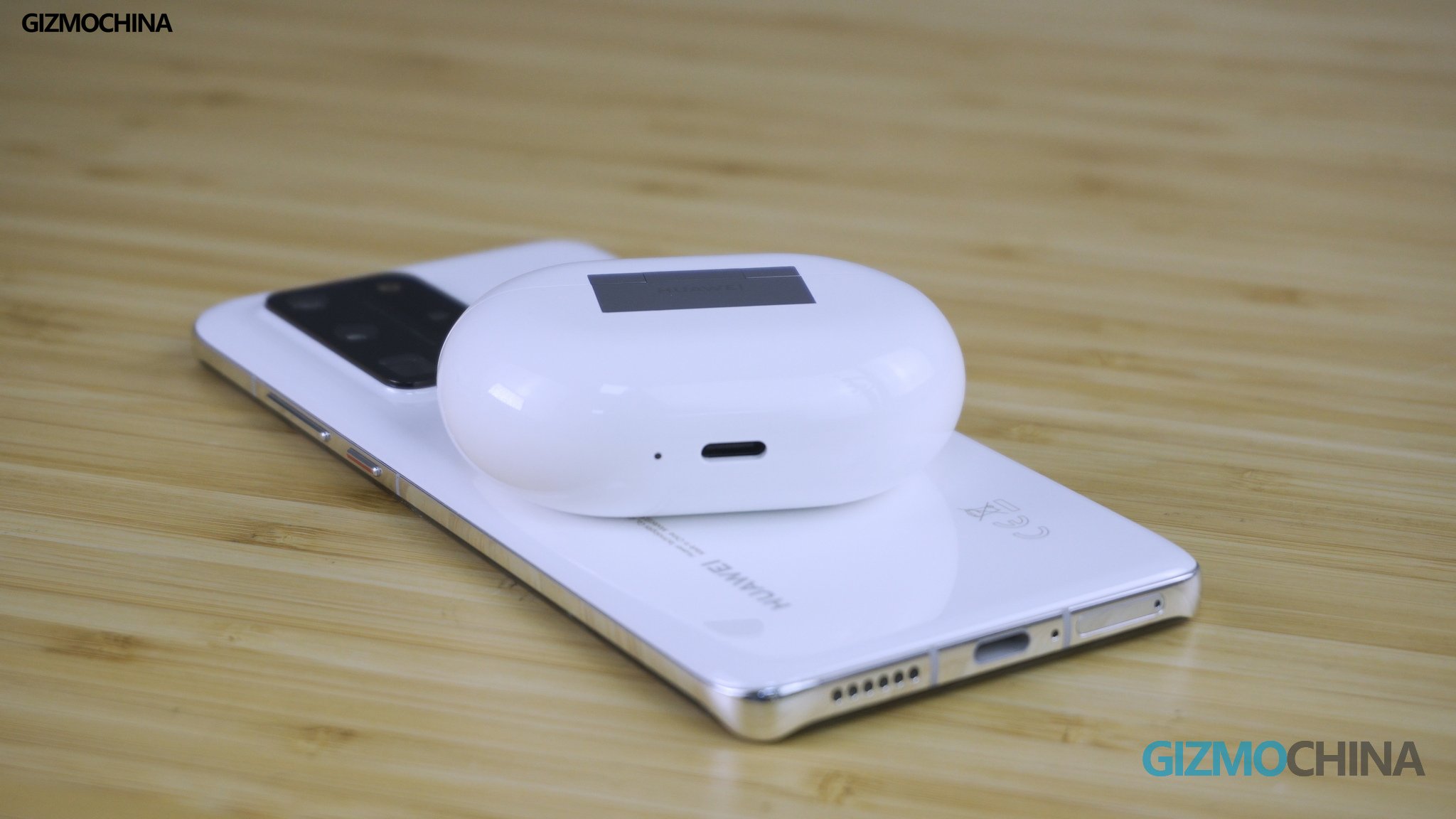South Korea may have just got an answer to the Huawei‘s Truly Wireless laser Charging tech. A professor in South Korea has developed an infrared-wireless charging technology that will work for devices with several meters apart.

As reported by Korean media(via Sina Technology) Professor Ha Jin-Yong of Sejong University said that he has developed a wireless charging technology and registered a patent locally. Apparently, it is infrared-based and can reach devices at several meters. Additionally, users can select different bandwidths of the infrared spectrum to charge multiple devices simultaneously.
The present wireless charging is merely a wireless charging tech. Precisely, it is based on the electromagnetic induction principle where the devices need to be attached with each other. It has limitations like low conversion rates, inability to use your phone while it is charging(since you need to keep it on the base), heating issues, expensive, and more. Also, you need wires to connect the power source and the charging base.
EDITOR’S PICK: Xiaomi announces 80W wireless charging technology that fully charges 4000mAh battery in 19 minutes
However, Huawei’s recently filed a patent which allows your devices to charge 100% wirelessly via laser tech. That is, it uses a laser charging module to beam safe, invisible lasers that your devices can capture. Similarly, the latest infrared charging tech is truly wireless.
It uses a high-power infrared light generated by optical amplifiers. Henceforth, as mentioned above, the bands can be varied to charge multiple devices wherein each device can pick a band to receive the power. This not only overcomes the loss while sharing the energy across devices, but it also ensures that it reaches your device across several meters.
That said, Ha Jin-Yong says this patent opens a world where the country’s domestic tech can respond to Huawei’s laser-based wireless charging technology in China. Apparently, the university has been receiving multiple proposals for commercialization from companies around the world.
Nevertheless, the future looks bright for charging technology but we really hope that companies find a way to bring them to the masses as not all can afford wireless charging smartphones at present.







